Presentata la scorsa settimana a Parigi, la capsule collection di Isabel Marant per H&M è …
Alzi la mano chi non e’ mai stata tentata di acquistare un falso sulle bancherelle dei vari lungomare, in Canal Street a New York, a Santee Alley a Los Angeles, per le vie di Hong Kong oppure nei souk di Dubai, Istanbul o Marrakech. Scommetto che chiunque, anche solo per la curiosita’ di osservare quanto simili alle borse o ai portafogli autentici, ha fermato un venditore ambulante e chiesto il prezzo di questa Vuitton o quella Chanel. Certo, come sosteneva la grande Coco: “essere imitati e’ il prezzo da pagare per il successo”, ma scommetto che le grandi aziende, alla luce di cio’ che vi sto per raccontare, preferirebbero avere meno imitazioni ed essere meno “pop” (e sono sicura che anche molti di voi adesso cambieranno idea se sono mai “caduti in tentazione”). La contraffazione, care amiche, e’ antica quanto la storia della nostra civiltà’: pensate che nell’antica Roma gia’ si utilizzavano marchi e sigilli che permettevano di sapere da dove provenisse un determinato prodotto, nel Medioevo si doveva apporre sulla merce la firma dell’artigiano e a partire dagli anni ’50 si incominciarono ad utilizzare i loghi, perché’ le copie erano reperibili ovunque. Il grande boom avvenne poi a partire dagli anni ’80, quando la Cina si trasformo’ in un’economia capitalista e i grandi imprenditori cinesi individuarono nel falso la piu’grande fonte di guadagno. Trasformarono cosi le loro fabbriche in veri e propri tuguri dove lavorano tuttora bambini (la maggior parte venduti dai genitori braccianti nelle campagne vicine) dai 6 anni in su (con uno stipendio mensile che va dai 50 ai 100 euro), che vivono in condizioni pessime, ma che purtroppo sono ignari di cio’ che stanno creando: borse false per il mercato occidentale. Ma da dove nasce tutta questa richiesta? L’origine e’ da ricercarsi negli anni ottanta: le grandi case di moda crearono in quel periodo il trend del logo bene in vista ma la maggior parte delle persone non poteva permettersi la it-bag ogni stagione diversa. Le orginali erano al braccio delle signore piu’abbienti e le false a quelle della middle class. L’ “errore” e’ stato pero’ anche in parte dei brand: il marketing ha creduto infatti che la middle class si poteva accontentare delle borse che costavano di meno, escludendo a priori quelle piu’ care. E qui interviene il mercato del falso: hanno avuto la lungimiranza di ri-copiare le borse piu’ care (vedi 2.55 di Chanel o Kelly di Hermes) a prezzi 50 volte inferiori rispetto alle originali. Ovviamente i materiali utilizzati sono tuttora scadenti, le cerniere “tagliano”, le impunture sono fatte a macchina e non a mano, la pelle molto spesso e’ vera e propria plastica. Ma al consumatore finale tutto cio’ non importa…L’importante e’ appartenere ad una determinata “tribù””. Purtroppo pero’ gli acquisti sbagliati, finanziano mercati illeciti… (ve lo racconterò nel prossimo post dedicato. Stay tuned!)
Is there anybody who never had the temptation to buy a fake product on the stands of the various seafronts, in Canal Street New York, Santee Alley Los Angeles, on the streets of Hong Kong or in Dubai’s souk, in Istanbul or Marrakech? I bet that everybody, even if only for curiosity, to see how much the fake looked like the original, stopped a street vendor and asked for the price of this Vuitton or that Chanel.Well, as the great Coco said: “Being imitated is the price you pay for success”, but I bet that the big brands, according to what I’m about to tell you, would prefer to be less pop and less imitated (and I’m sure that many of you will change their mind, If they ever fell in temptation). The falsification, dear friends, is as old as our Civilization: already in the ancient Rome people used brands and seals that made possible to know where a product came from, during the middle age the handworks had to be signed by the artisan, and in the 50’s the brands started to use logos because copies of the products were available everywhere. The great boom started in the 80’s when China became a capitalist economy and the big chinese entrepreneurs found in the fake market the biggest source of profit. So they transformed their factories in real hovels were still work a lot of people, even children ( selled as manual workers by their families from the countryside) from the age of 6 (with a monthly salary between 50 and 100 euros), who live in very bad conditions, but who unfortunately are unaware of what they’re crafting: false handbags for the west markets. But where does this big demand come from? The root of the matter has to be searched in the 80’s: the grat fashion maisons created in that period the trend of the logo on the top of the products, but not everybody could afford an it-bag different for every season. The original pieces were worn by the richest ladies while the falses by the middle class ones. The “mistake” they made was in some part fault of the brands: the marketing believed that middle classes could settle with the cheap products, excluding apriori the expensive ones. And here comes the fake marketing: they had the great idea of copying the most expensive bags (2.55 by Chanel or Kelly by Hermes) and to sell them at a price 50 times cheaper than the original. Obviously the materials used are still very cheap, the zips cut up, the stitchings are not handmade, and what seems to be leather sometimes is only plastic. But the final customer doesn’t care about all this… the important thing is belonging to a particular “tribe”. Sad to say, the wrong purchases finance illicit markets…(I’ll tell you something more in the next post. Stay tuned!).
with love, Elena


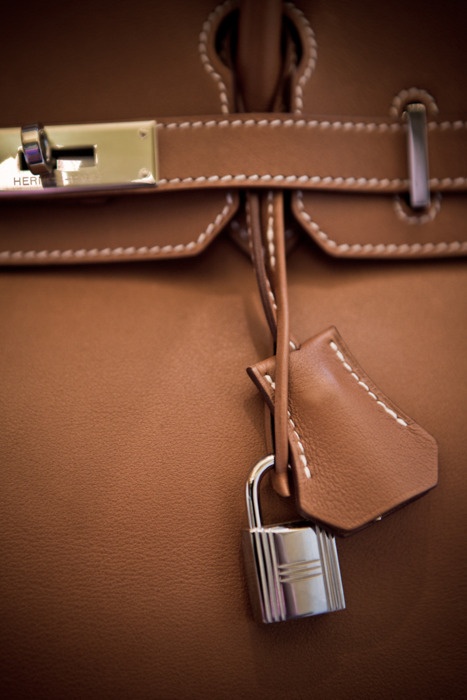
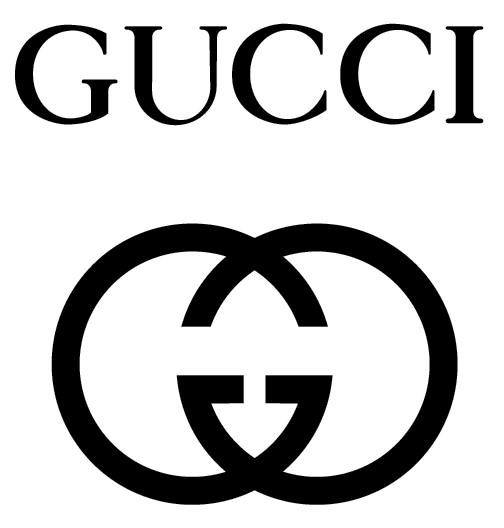
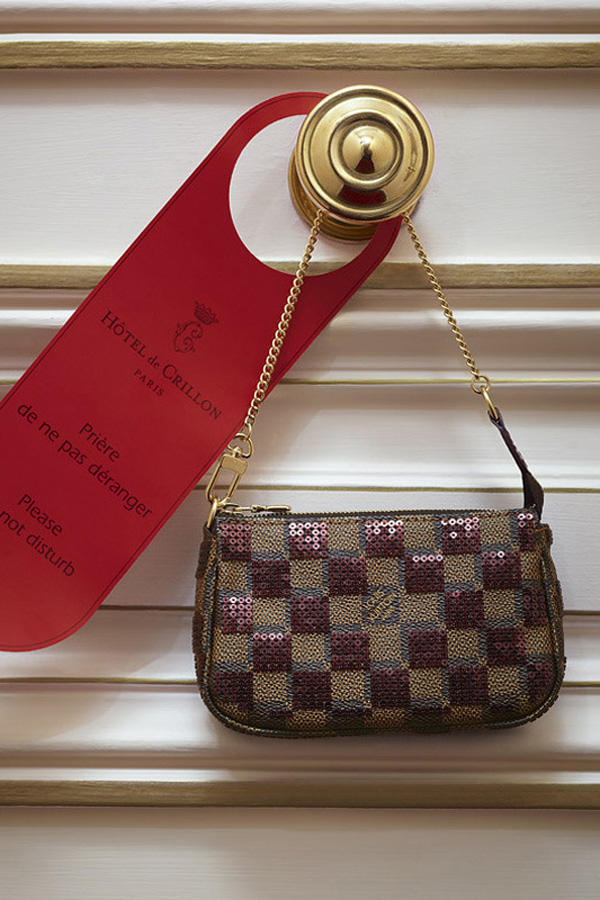
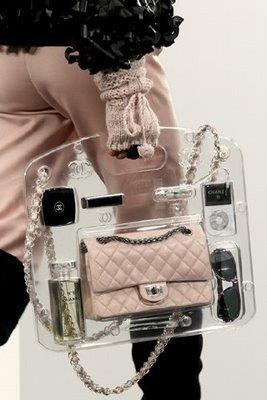

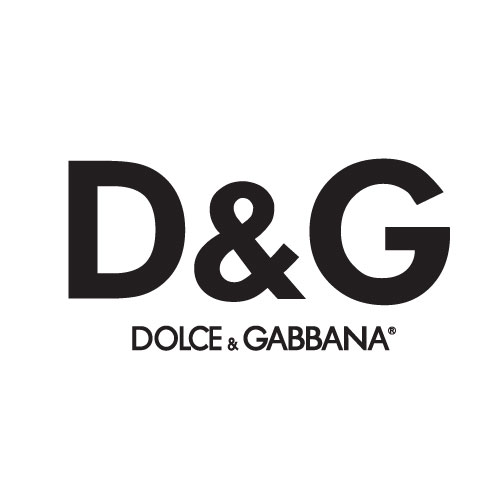
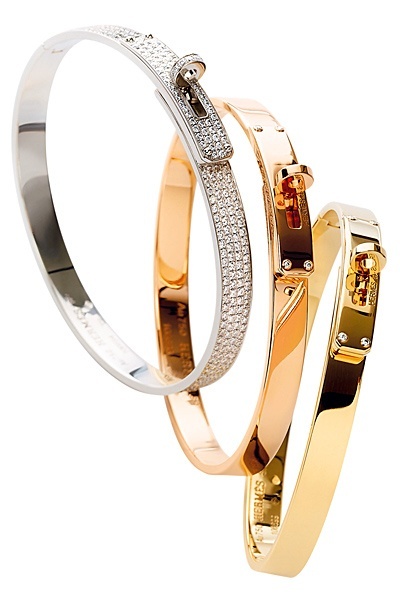
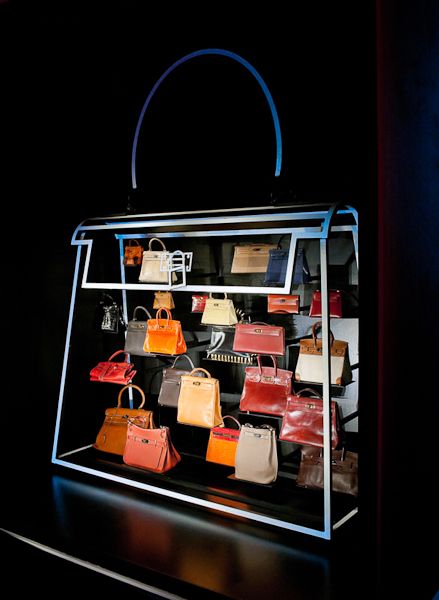
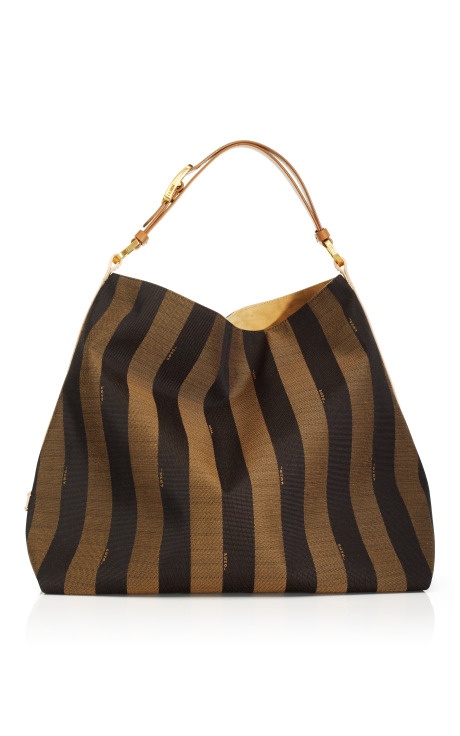
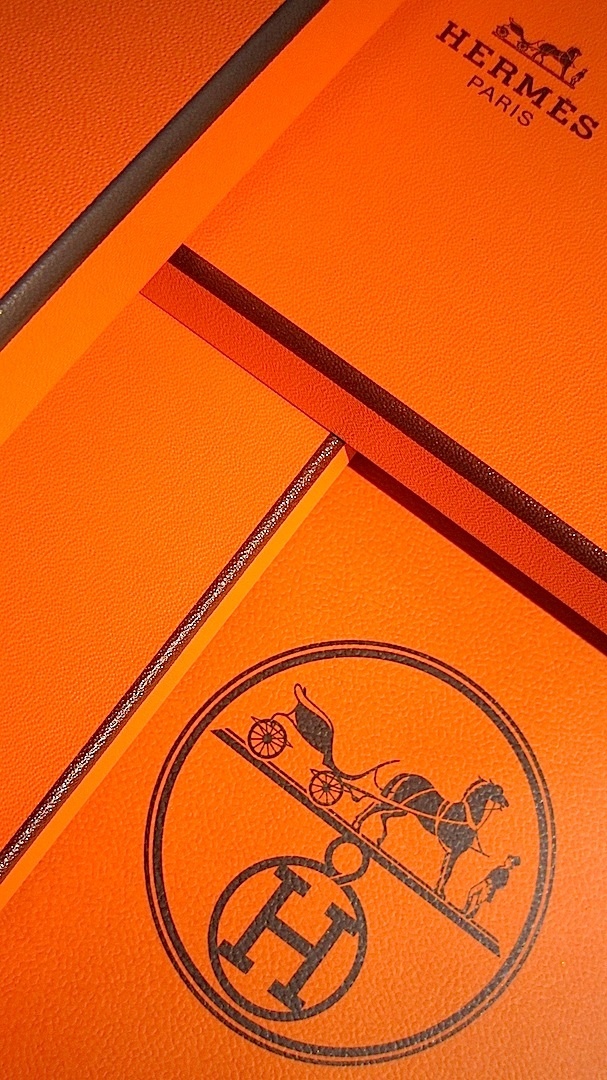
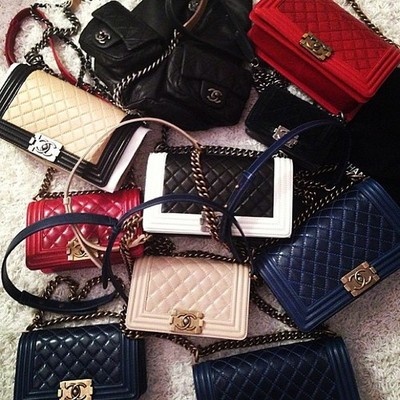
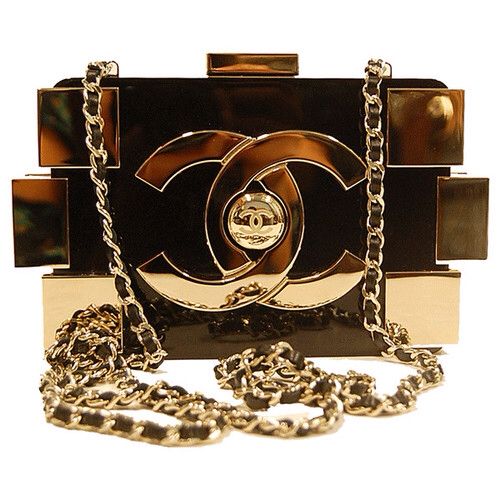
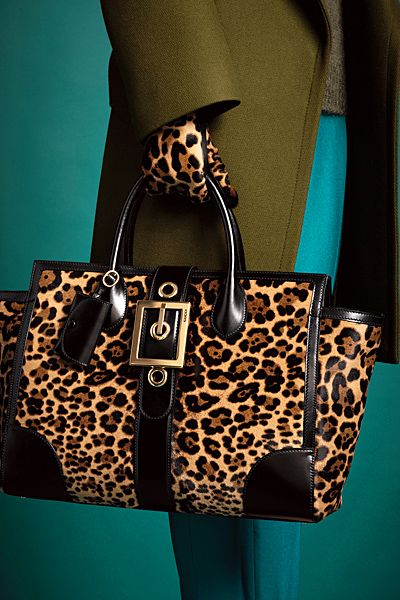
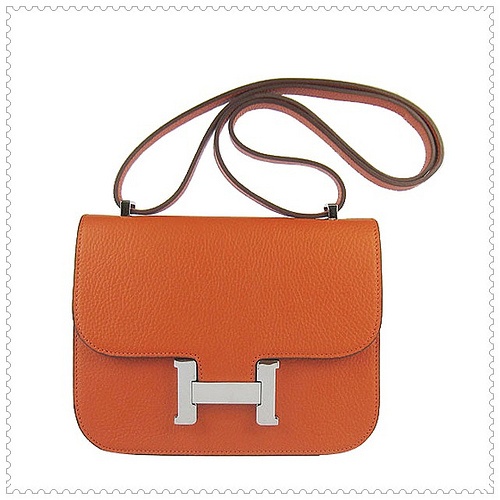
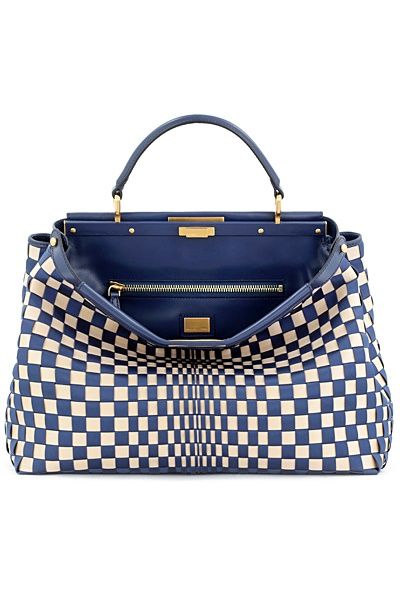

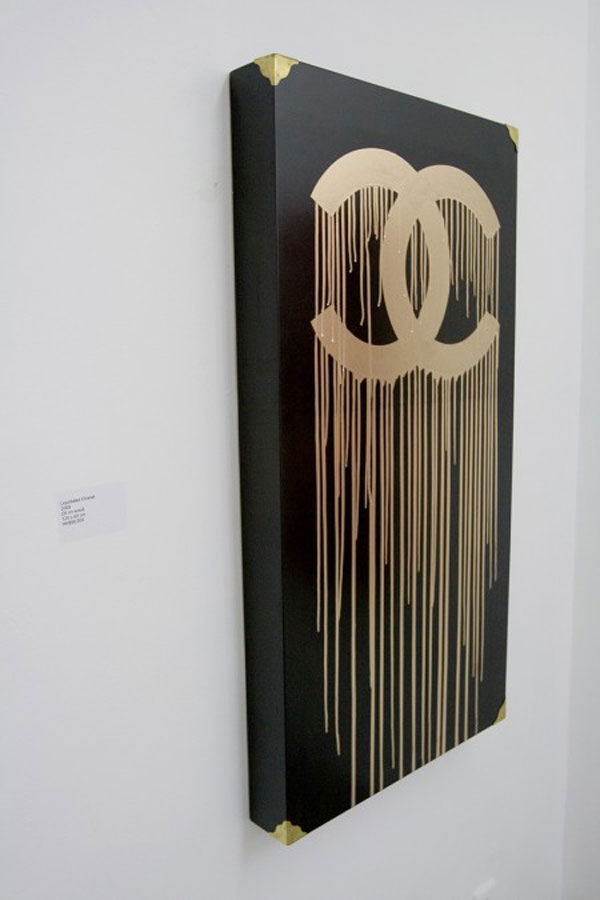


Quanto hai ragione!
http://duecuoriinpadella.blogspot.it/
Preferisco u a sola borsa nella vita ma “autentica” che 100 imitazioni!!! 🙂
me tooo!!!!
Questo post ci volevs proprio, per far capire a coloro che acquistano questi “fake” che, se le grandi griffe non sono alla portata delle loro tasche, è meglio acquistare una borsa, non griffata ma made in italy e NON contraffatta. Hai detto bene, dando soldi a queste persone, non si fa altro che alimentare la criminalità e la clandestinità..non bisogna poi, lamentarsi……. Bravissima ele che provi ad aprire gli occhi a coloro che ancora non lo hanno fatto 😉 Attendo il prox post con molta ansia!
;-))))
Non capisco perchè non mi pubblica i commenti….Questo post ci volevs proprio, per far capire a coloro che acquistano questi “fake” che, se le grandi griffe non sono alla portata delle loro tasche, è meglio acquistare una borsa, non griffata ma made in italy e NON contraffatta. Hai detto bene, dando soldi a queste persone, non si fa altro che alimentare la criminalità e la clandestinità..non bisogna poi, lamentarsi……. Bravissima ele che provi ad aprire gli occhi a coloro che ancora non lo hanno fatto 😉 Attendo il prox post con molta ansia!
Ciao … Non mi piacciono le imitazioni delle borse , una ma originale !!! Non posso dire lo stesso per quanto riguarda il vestire perché da un paio d anni vesto moooolto spesso Zara che copia i grandi brand !!!
ma in quel senso concordo con te!anche io amo zara!!! ma assolutamente no face!
le borse tarocche si vedono.
le Vuitton non mi piacciono.
amo molto la birkin di hermes.
si vedono ma purtroppo la gente se ne frega e continua a comprarle…… terribile.
come la portava grace Kelly, non la porta nessuno…..
ed era dedicata a lei
marty
eh beh….una donna, un mito